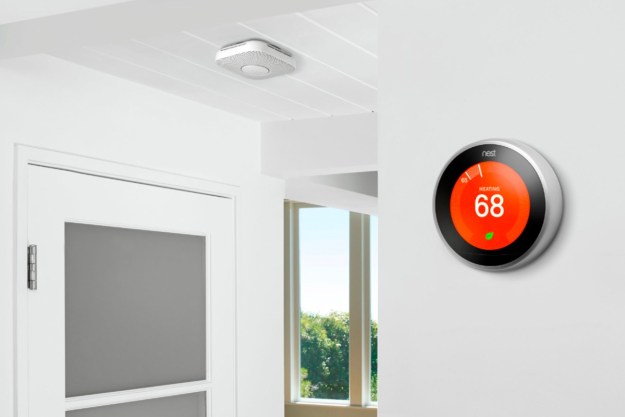Though not an exact alcohol-specific replica of its inspiration, the HomeTap allows owners to order a selection of craft beer from any local brewery that Hopsy already serves. Once ordered, Hopsy’s delivery arm transports the beer via two-liter bottles to the owner’s home to be plugged directly into the HomeTap machine itself. With a bottle inserted, owners can then pour beers directly from the HomeTap, just as a drink slinger would at a bar. Moreover, the device is said to keep each bottle fresh and chilled for up to two weeks.
Hopsy’s launch of such a device, in an industry seemingly flooded with alternatives, comes down to the company’s pre-existing delivery service. Before HomeTap, subscribers to Hopsy’s service were granted the ability to order 32 oz. growlettes from local Bay Area breweries to be delivered to their front door. Sort of a Postmates for local beer, Hopsy simply expanded on this delivery framework in order to gain the capacity to offer quality service for users of the HomeTap.
Interested buyers in San Francisco, Oakland, Alameda, or Berkeley have the option of purchasing a HomeTap for the discounted price of $150 ($50 off the typical $200 retail price), and two-liter bottles of beer start at $20 each. Additionally, those interested in a rental program can pay just $60 every four weeks to get the machine, two bottles of beer, and a Hopsy tasting glass. The machine is now available for purchase, though Hopsy says it won’t start deliveries until July 28.
Editors' Recommendations
- Ring Pan-Tilt Indoor Cam vs. Ring Stick Up Cam Pro: Which is better for your home?
- What is IFTTT and how can you use it in your smart home?
- Kohler reveals luxurious smart home products that turn your bathroom into a spa
- Your Google smart home devices just got a lot less talkative
- ElliQ is a smart home companion designed for your grandparents



